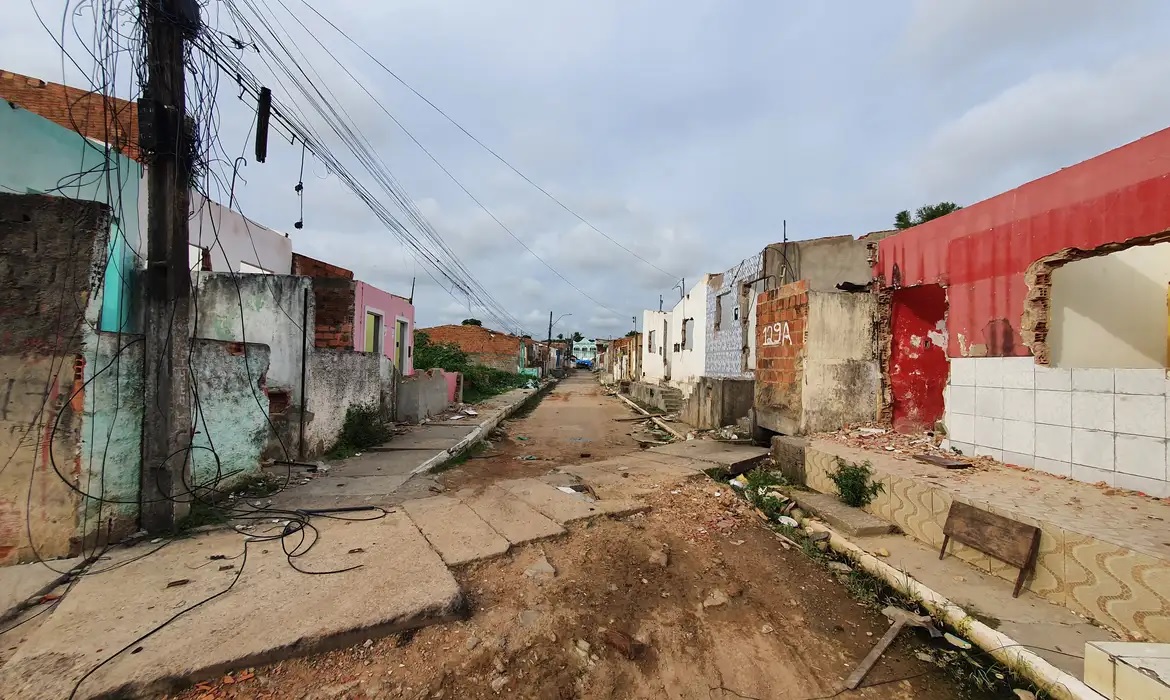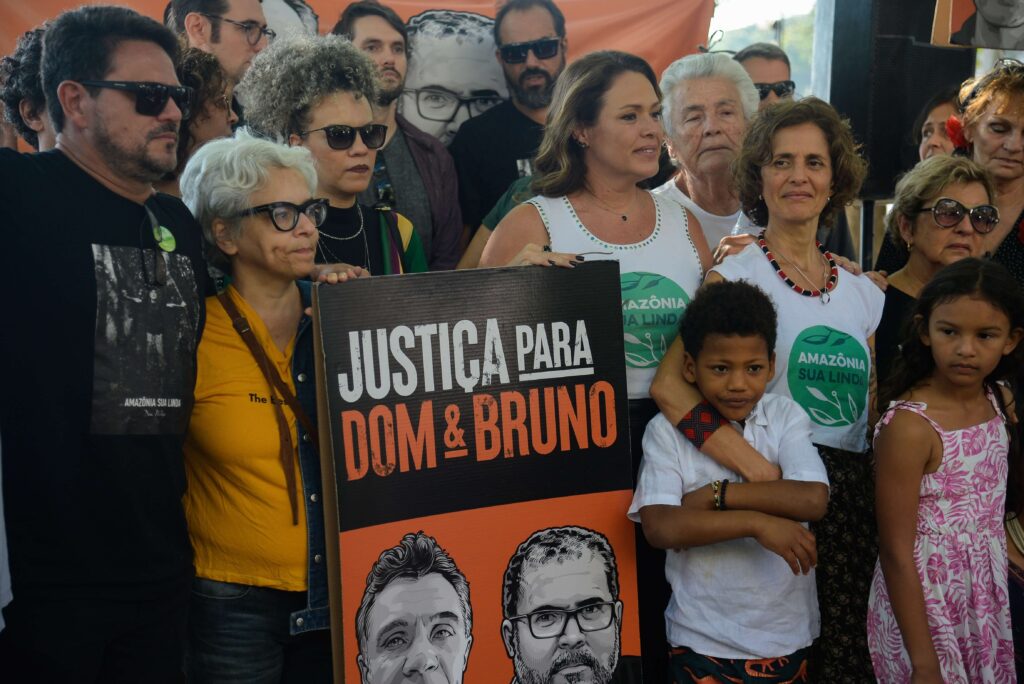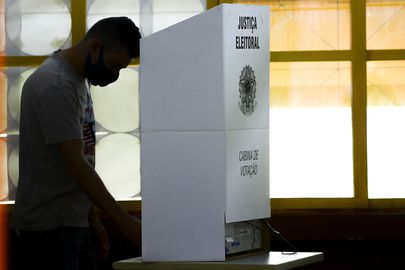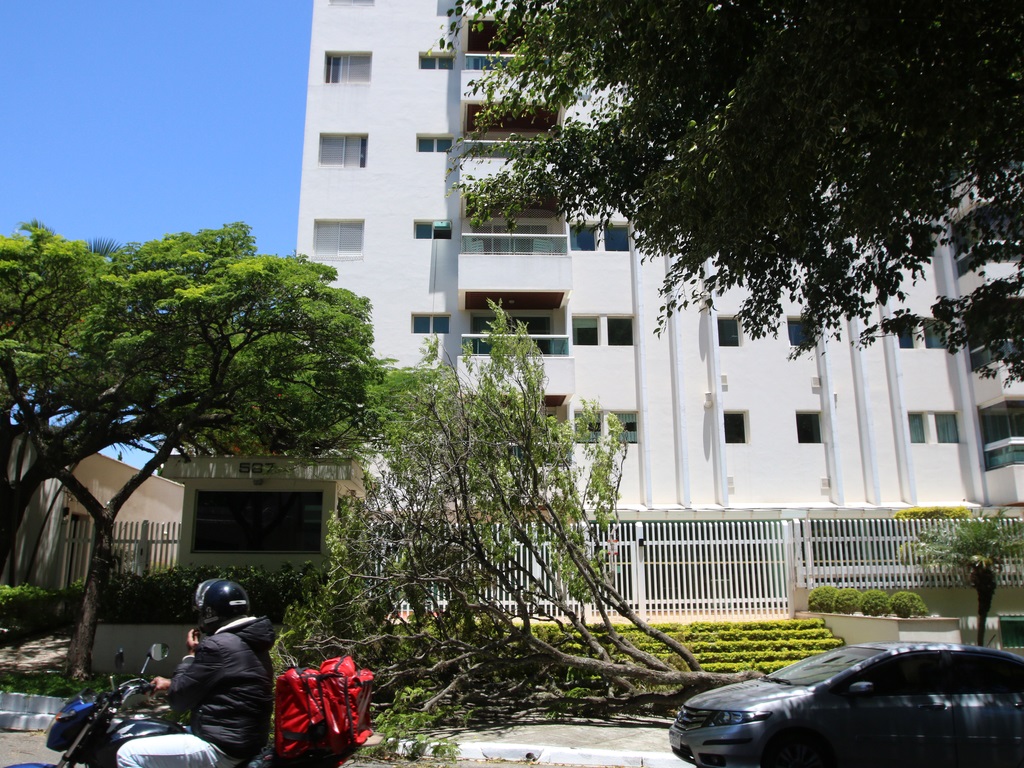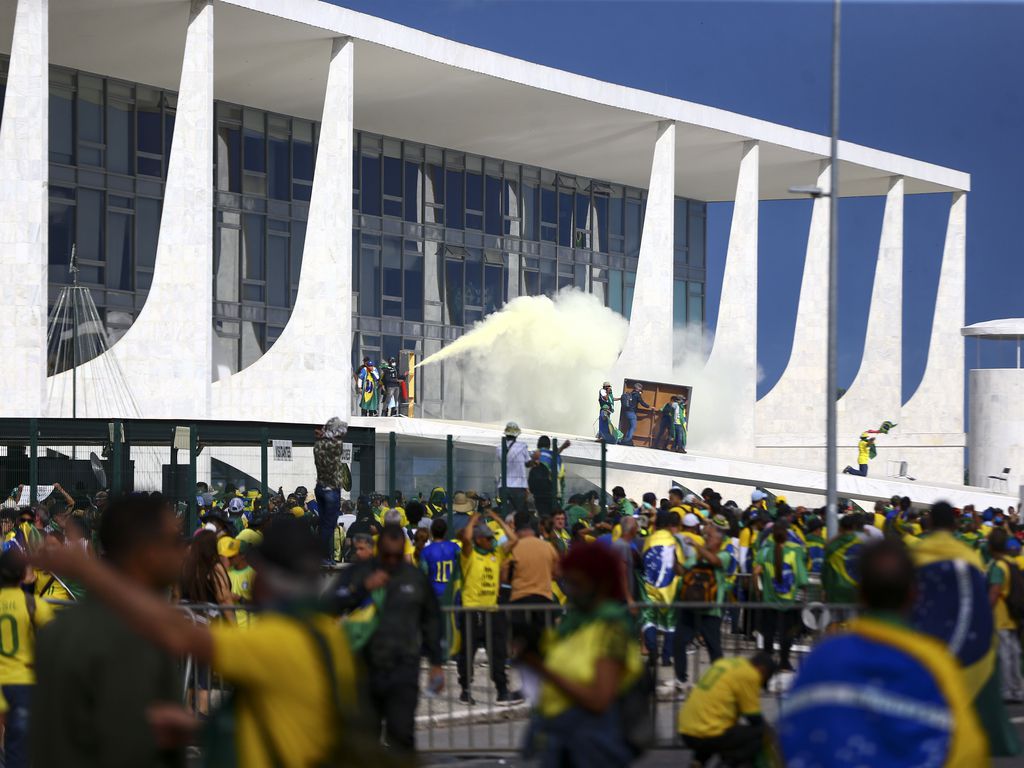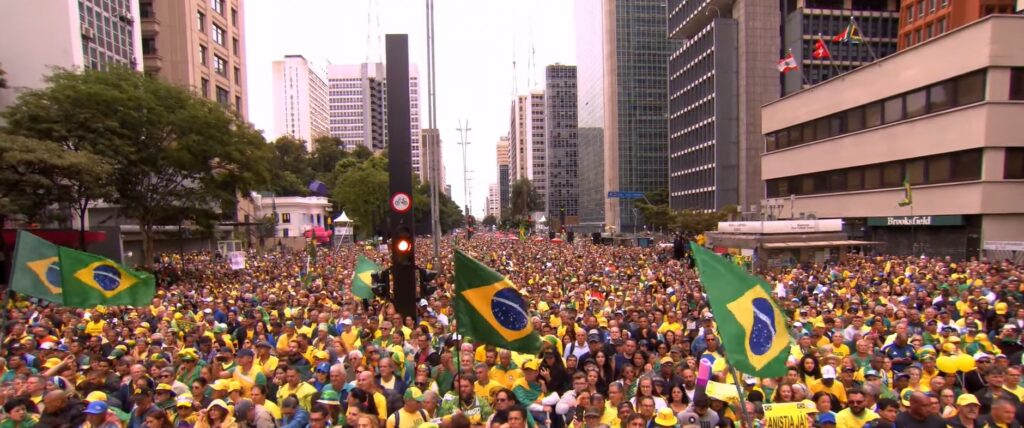São Paulo, Brazil – The city of Maceió, capital of the state of Alagoas in northeastern Brazil, is facing the worst urban environmental disaster in the country’s history. Due to mining activities, since November 29, part of the city’s soil has sunk almost two meters, forcing hundreds of people to evacuate their homes due to the risk of a mine collapse.
Between 2002 and 2019, petrochemicals firm Braskem exploited rock salt in the Maceió region, a raw material used in the production of plastics and chemicals. Rock salt is found at extreme depths below the earth’s surface, and its extraction has caused significant environmental problems in the city, especially the sinking of the soil.
The crisis is not recent, with the first records of structural and environmental damage dating back to March 2018. At that point, Braskem had 35 mines in the capital of Alagoas, but decided to suspend all its operations in 2019 after authorities concluded that earthquakes and soil sinking were caused by the rock salt extraction.
However, the company has not yet completed the closure of all mines, and one of them, mine 18, has triggered new alerts in a crisis that has worsened in the last two weeks. By December 6, the soil around mine 18 had sunk 1.86 meters. Now, the soil continues to sink at a rate of 0.20 centimeters per hour.
An eventual collapse of mine 18, according to experts, could cause earthquakes and may have the potential to create a crater larger than the Maracanã stadium in Rio de Janeiro. Therefore, entire neighborhoods in Maceió were evacuated, and residents were advised to leave their homes and seek shelter.
The city of Maceió provided spaces to accommodate the population and declared a state of emergency for 180 days, which accelerated the release of financial resources to deal with the crisis. The government of Alagoas and the federal government, through the Ministry of Mines and Energy, are also actively involved in the case.
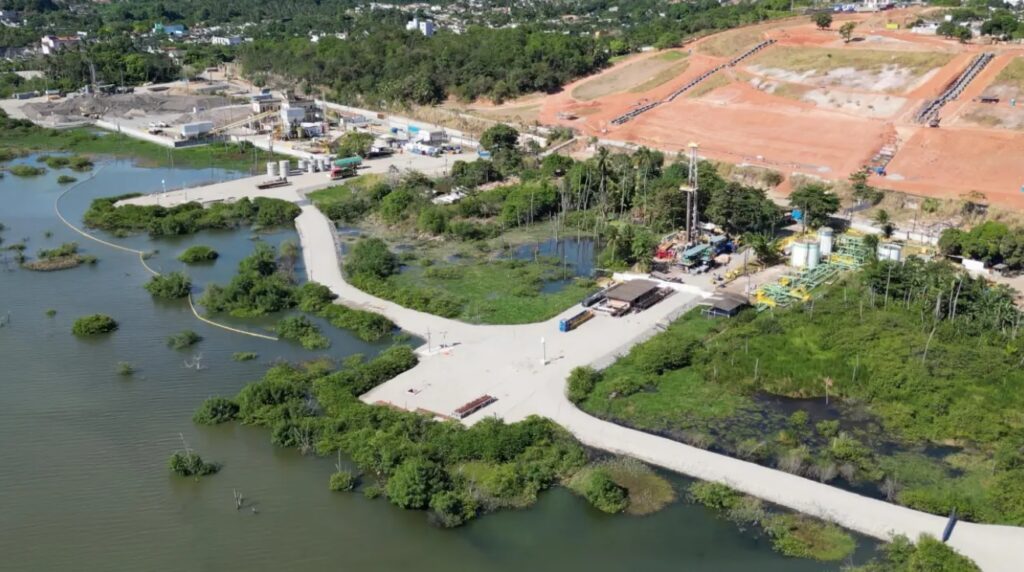
Ghost neighborhoods
Five neighborhoods near mine 18 have turned into ghost towns: Mutange, Bebedouro, Pinheiro, Bom Parto, and Farol. These were the places most affected by the soil sinking, forcing around 60,000 people to leave their homes since 2019.
The mechanic shop owned by Mateus Costa in Pinheiro deserted on December 1, with a closure notice from Civil Defense, the public agency responsible for responding to natural disasters. Costa told Agência Brasil that his feeling was one of dismay.
“Imagine the whole neighborhood disappearing? There is no more neighborhood, there is nothing left. Business has dropped by 80%. Psychologically, I am devastated,” said Costa, who had already moved houses in 2019 but kept his businesses in Pinheiro.
Manuela Rodrigues, a 79-year-old retiree born and raised in Pinheiro, said the situation is very sad “for those who were born, lived, and are still living in the neighborhood.”
Babysitter Jussara Soares was born in Maceió but has been living in São Paulo for eight years. She still has family and friends in her hometown. Soares told Brazil Reports that mining activities have always caused problems in some areas of the city.
“When I still lived in Maceió, I knew people from Mutange, and at that time, they already reported that houses shook from time to time,” she said. “It has always been something that bothered the population,” she said.
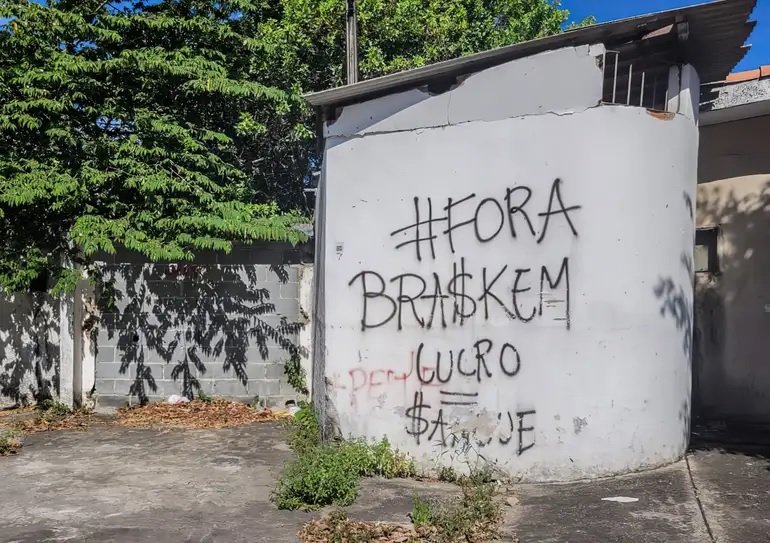
Why did the soil sink?
The exploration in Maceió involved drilling wells to the salt layer, which could be more than a thousand meters deep. Then, water was injected to dissolve the rock salt, and using a pressure system, the solution was brought to the surface.
At the end of extraction, these wells need to be filled with a liquid solution to maintain soil stability. The problem in Maceió allegedly occurred due to a leakage of this liquid solution, creating holes in the salt layer. The soil instability led to the earthquake in March 2018.
With new tremors and cracks in houses and streets, Braskem announced the end of mine exploration in Maceió in May 2019. The company claims to have already paid R$ 3.7 billion (USD $740 million) in compensation and financial aid to residents and businessmen in the affected neighborhoods.
However, the current crisis has raised more questions about Braskem’s responsibility and the inadequate and insufficient measures to avoid the tragedy. The Public Prosecutor’s Office has already filed a lawsuit against the company, with claims for compensation and relocation of affected families that could reach R$ 1 billion (USD $200 million).
Families from the affected areas also filed individual lawsuits. In the Congress, senators want to initiate a parliamentary commission of inquiry (CPI) to investigate Braskem.
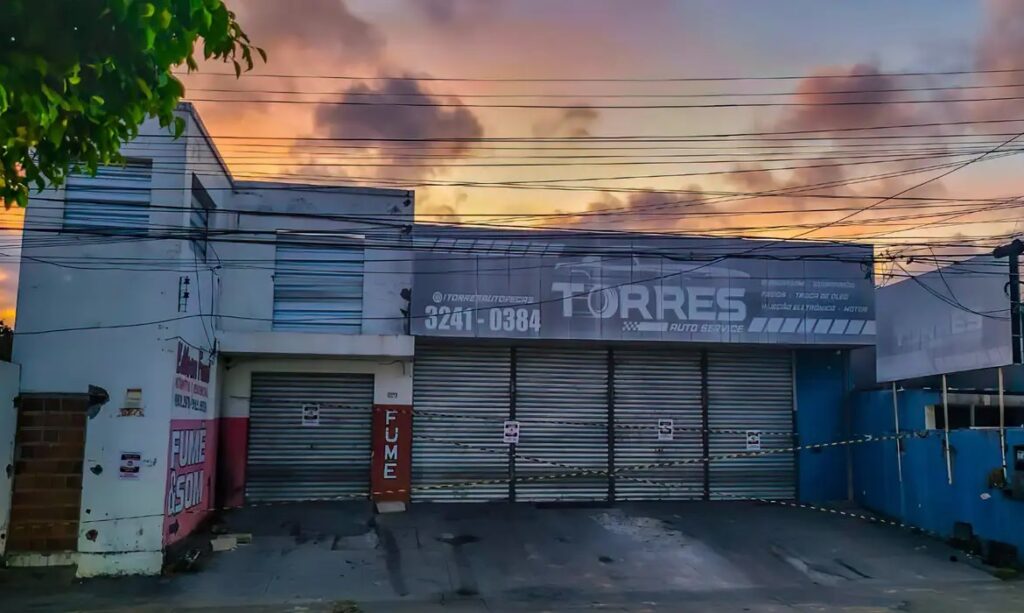
History of the rock salt exploration
Mining activities in Maceió began in 1976. In 2002, Braskem was created and took over the operation. The majority control of Braskem is held by the Odebrecht Group, Brazil’s largest construction company, most famous for its involvement in corruption scandals over the past decade.
Petrobras, Brazil’s state-owned oil company, also holds a 47% stake in Braskem. In addition to Brazil, Braskem also operates in countries such as the United States, Mexico, and Germany.
Rock salt exploration is supervised by Brazil’s National Mining Agency (ANM). Internationally, Brazil is a relevant player in this segment. According to ANM data, the country produced 7 million tons in 2002.



